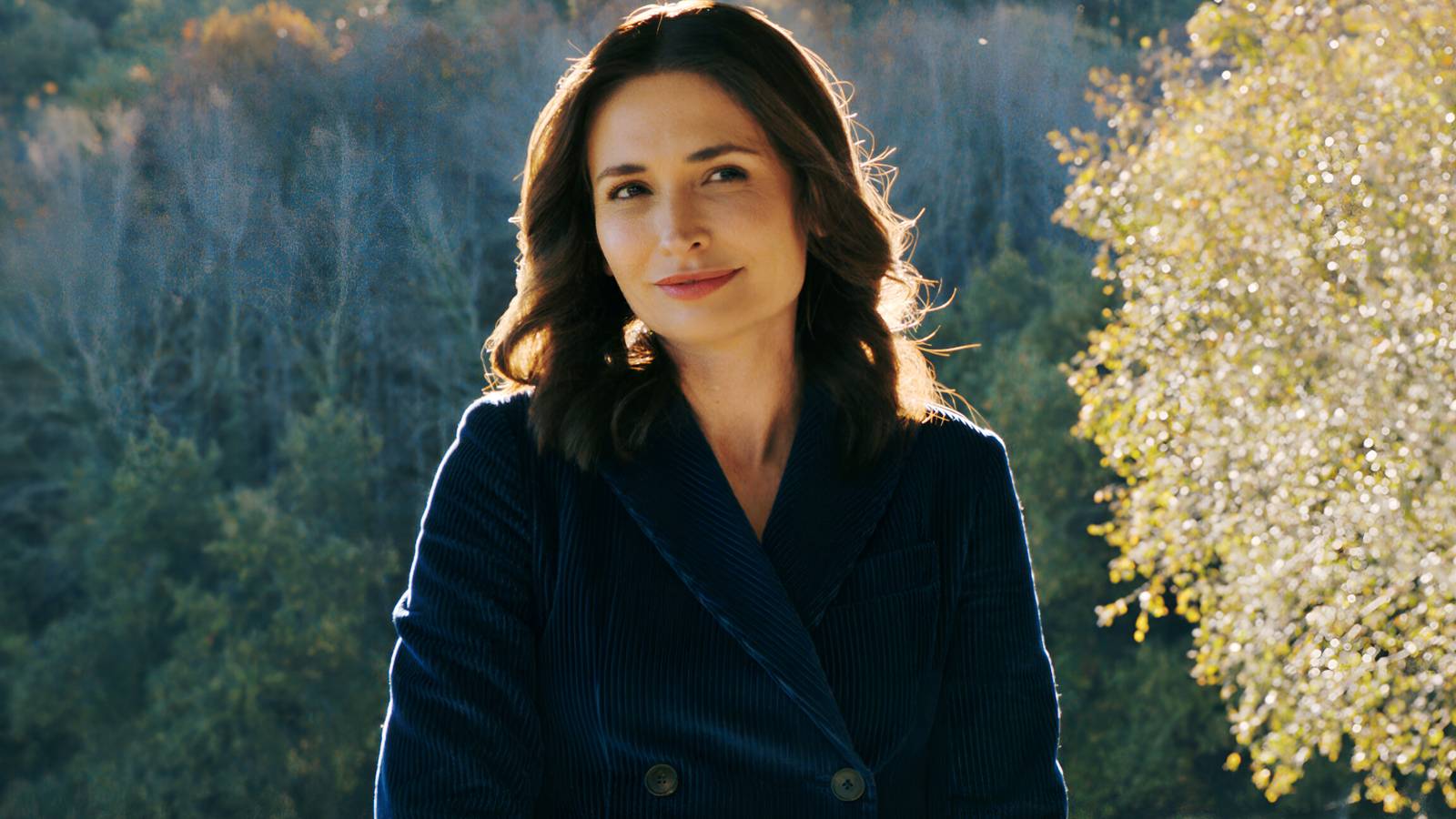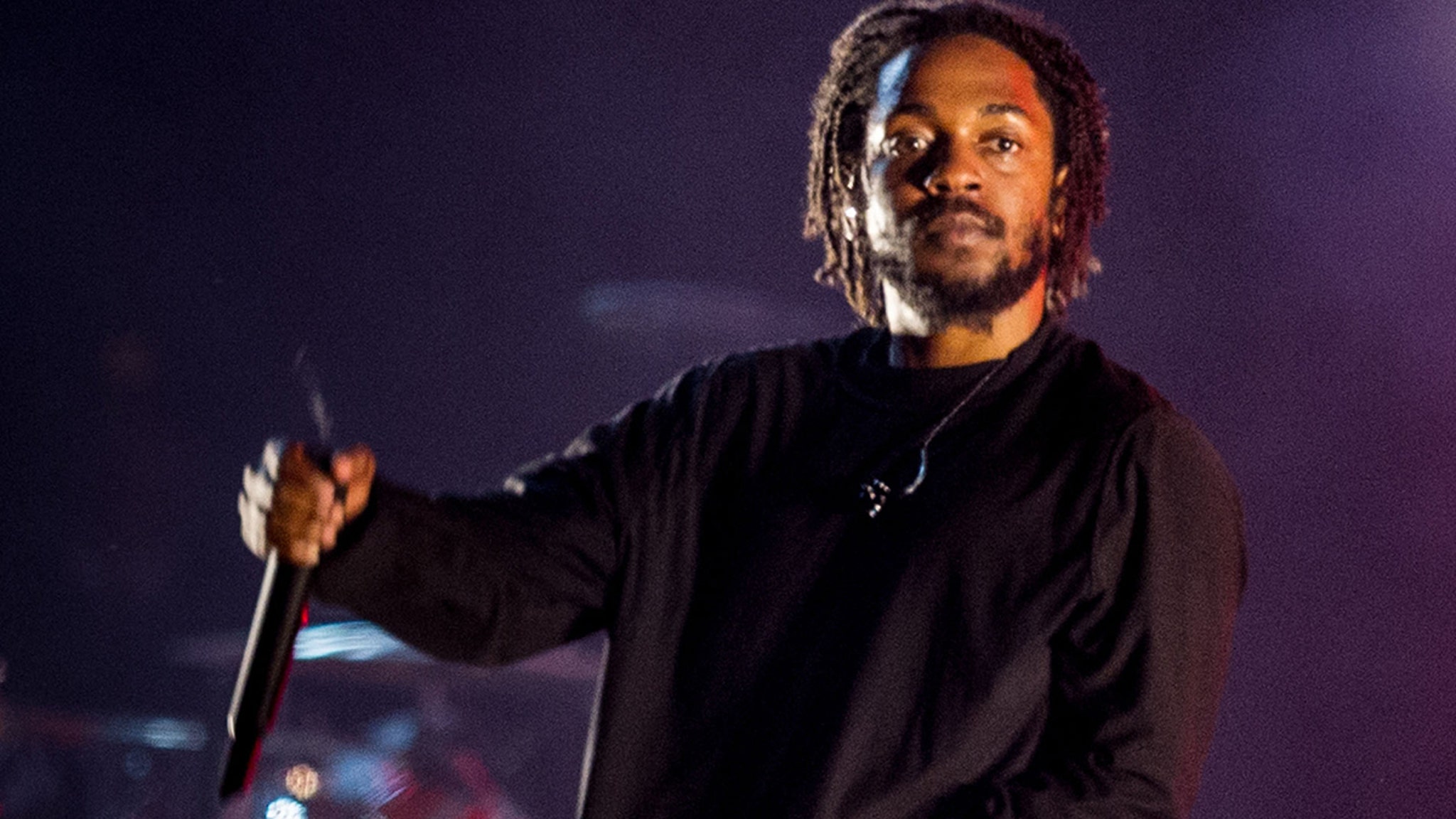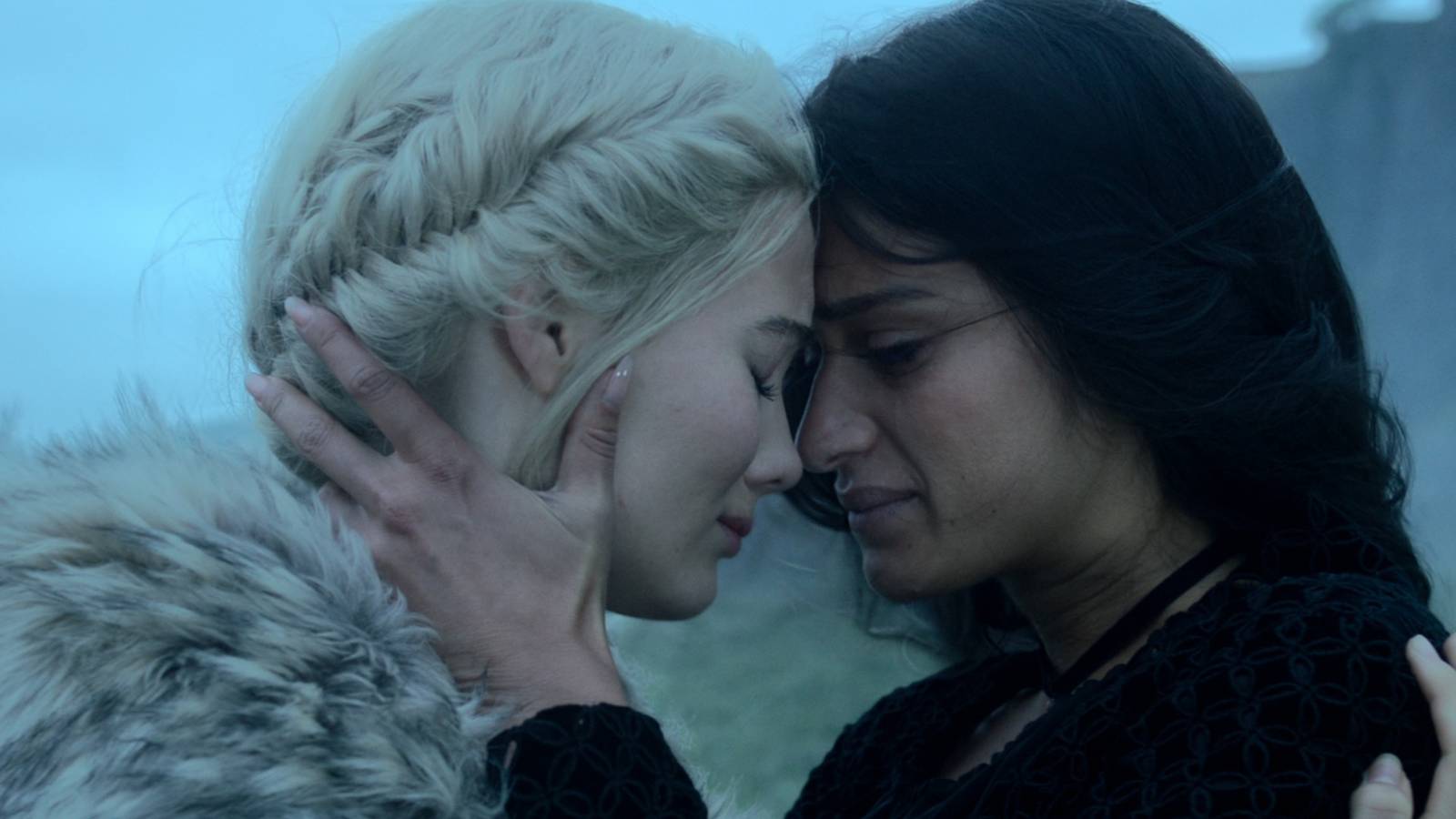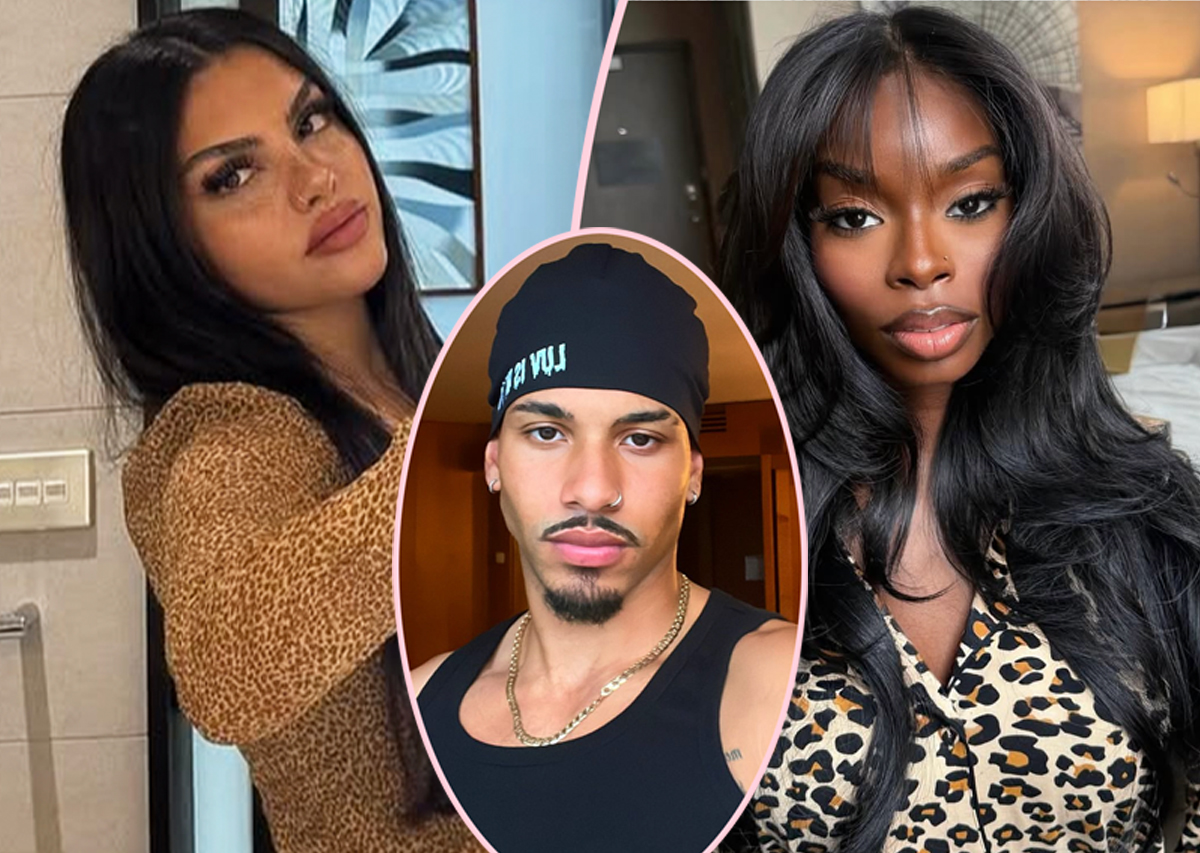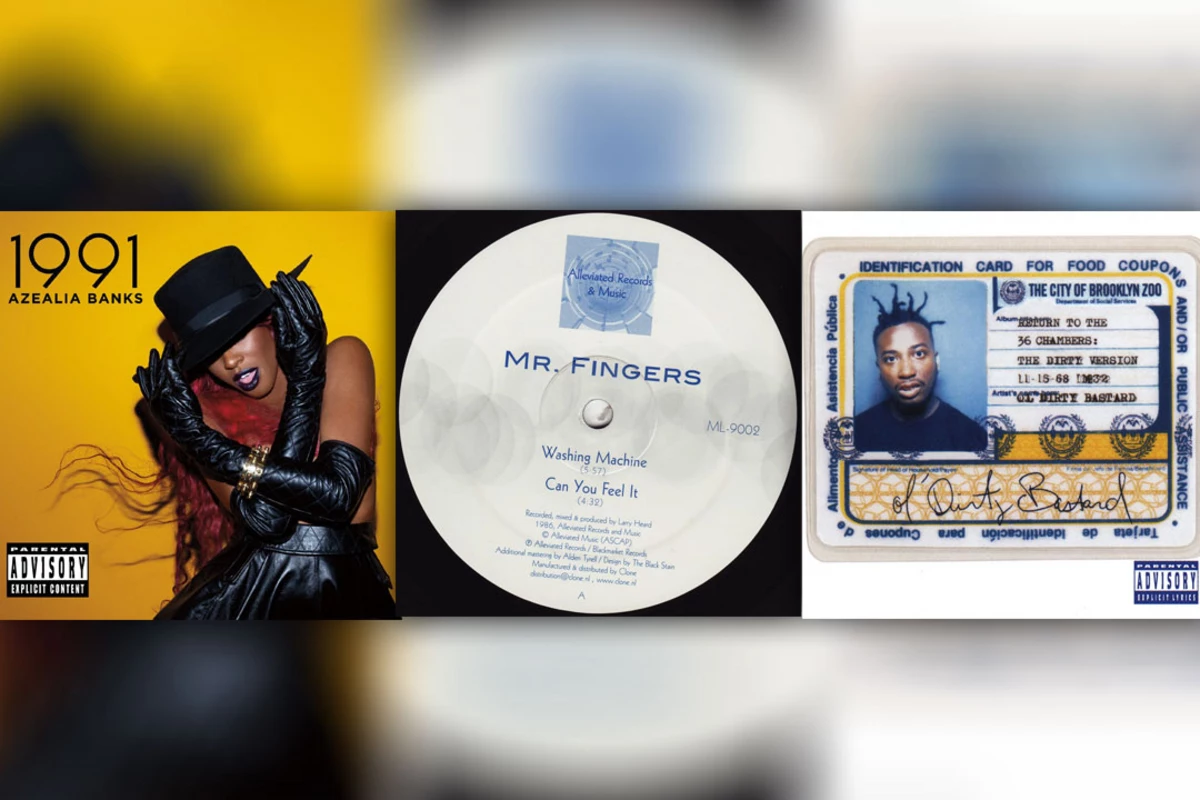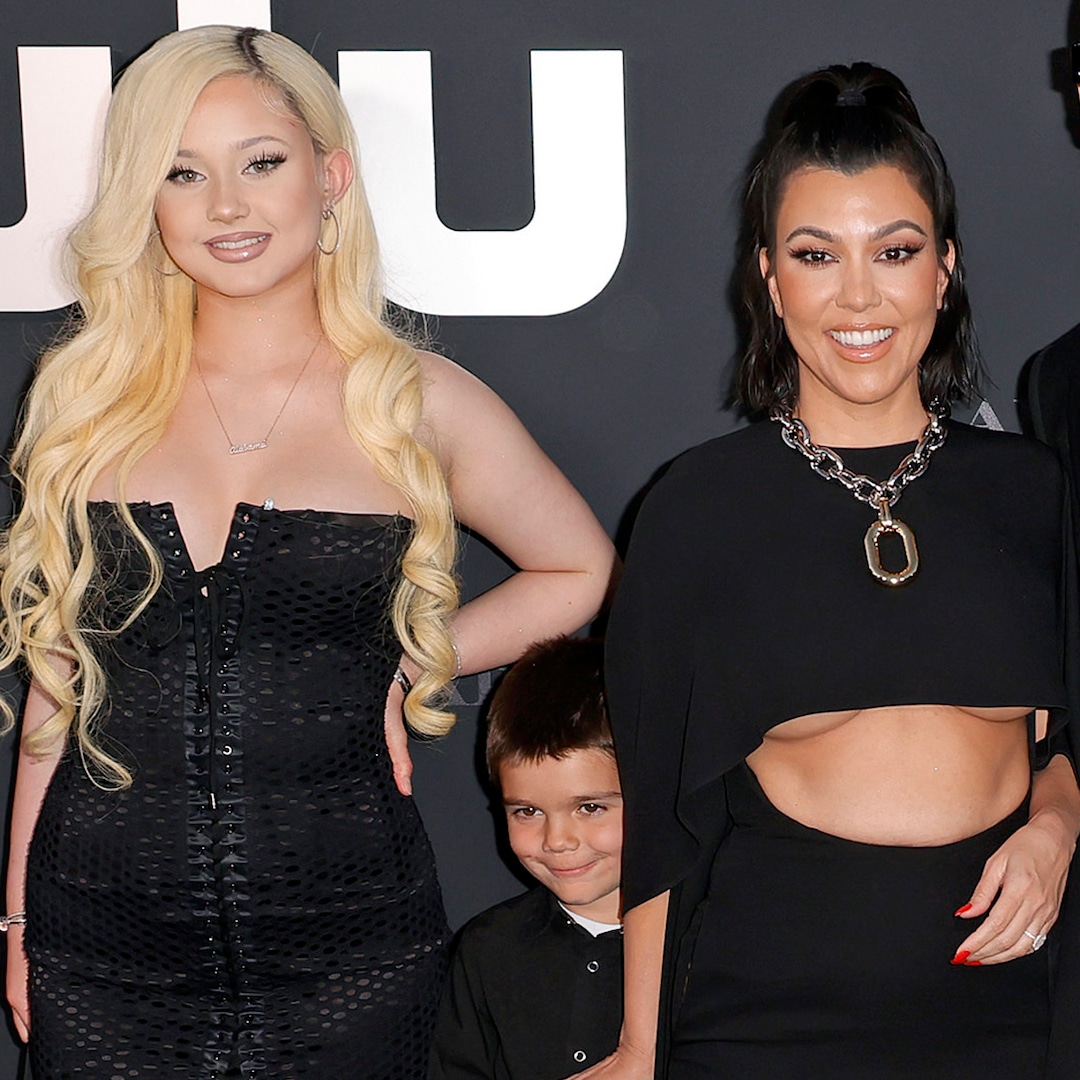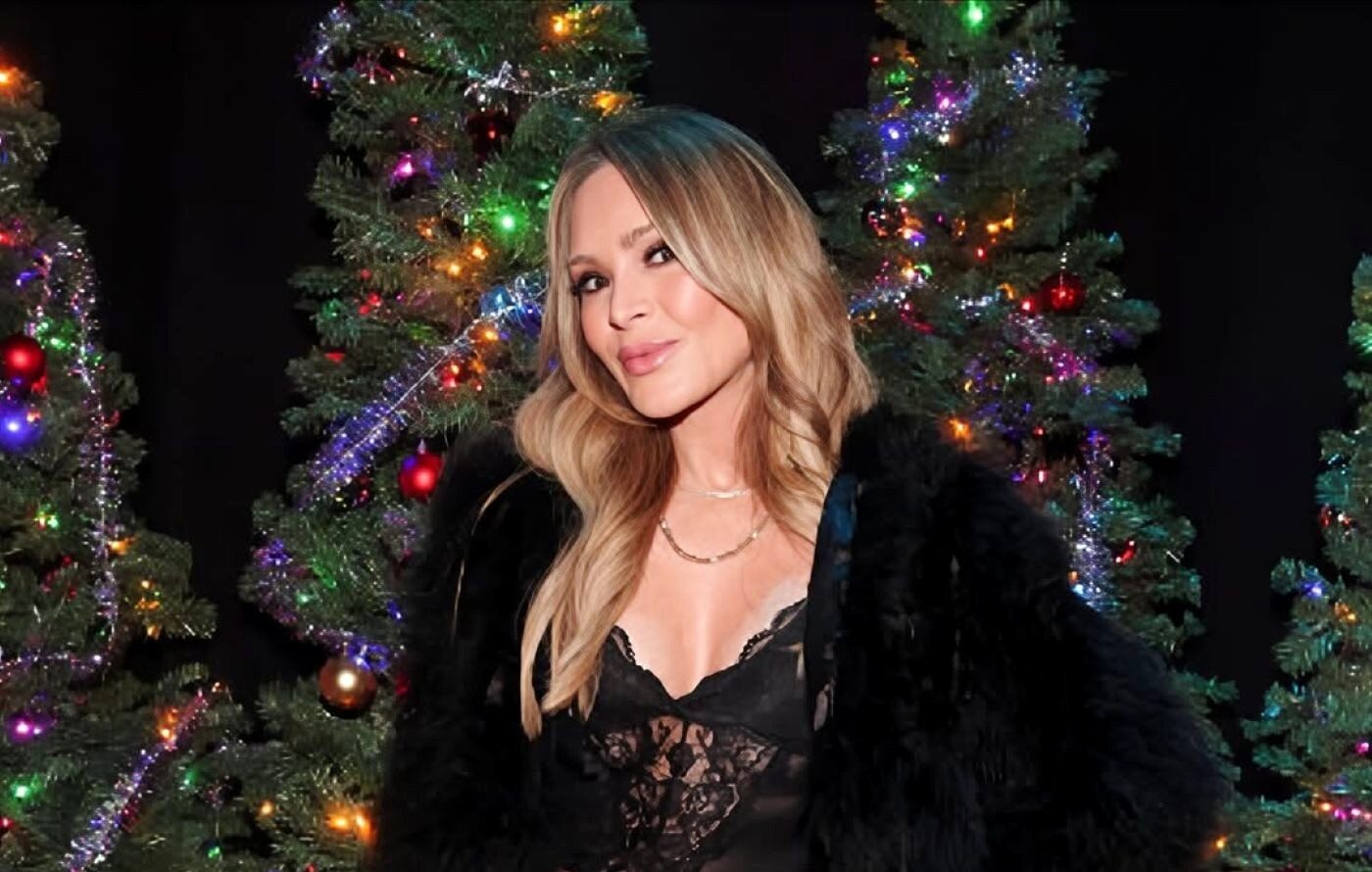Here’s a fun horror short film for you to watch titled Slow Creep. The film centers on a 15-year-old girl named Otter, who is excited that she’s finally found the horror film she’s been seeking for weeks.
She brings the movie home to watch with her brother and his friend, not realizing that she’s doomed them to a nightmarish encounter with the Slow Creep.
This short film is shared in collaboration with the FilmQuest Film Festival, where we are looking to expose some of the awesome indie genre films and shorts that filmmakers are creating.
This movie was written and directed by Jim Hickcox, and we also included an interview that you can read as well, to get to know the filmmaker.
Without spoilers, tell us what your film is about, its characters, and its themes. Is it a proof of concept, or a standalone story?
Every complete story could be a proof of concept for a larger story, but this is definitely a complete piece. It’s the story of two siblings on opposite ends of puberty. They’re home alone and she wants to watch a horror movie, but he wants to smooch a boy. Also a monster is trying to destroy the videotape they rented.
What was the inspiration for your film? How did you come up with the idea?
Nothing is one idea or one inspiration, of course, but part of it was playing with the idea of monsters. They’re always super powerful, and I wanted to make a movie where the monster is less powerful than all the people.
Tell us about yourself. What is your background? How long have you been a filmmaker?
I mostly work as a DP, but once in a while I convince people that I should make a dumb project of my own.
What inspires you to work within genre cinema and tell these kind of stories?
Genre audiences are the best audiences. They’re willing to engage with formal playfulness that most audiences would find off putting. I like to play.
What was your favorite part of the filmmaking process for this project?
There was a really nice contrast between shooting the main film and the movie they’re watching in it. All my previous films had been on 16mm, and for this one we went in both other directions.
The bulk of the film was shot on 35mm on huge Panavision cameras. We had everything storyboarded very explicitly, and ran on a geared head the whole time. It wasn’t stiff, but it was all very under control.
For the film they rent/watch in the movie, we shot on super-8, and we shot SUPER loose. We were running around in the woods, riffing shots as we went, grabbing all the dialogue as wild lines. Both approaches were fun in very different ways.
What are you most proud of with this film?
It’s hard not to be proud of the festival run, as lame as that is. We played a bunch of major genre festivals, and won a couple of awards. In terms of intrinsic elements, I’m proud that I worked with this cast. All of them are brilliant and I expect they will be recognized as such.
What is a favorite story or moment from the making of the film you’d like to share?
Slow Creep’s set was so full of love and loving people, there were beautiful moments happening all the time. It’s hard to pick just one. I’m not sure who it was, but someone brought a bead kit to set – string, colored beads, beads with letters.
Everyone spent their down-time making little friendship bracelets for each other. Otter (Nya Garner) wears one in the film (it says “nope”), but we were all wearing them on set. Nya made me one that said “Slow Creep” and I wore it until it broke, a couple of years later.
What was your most challenging moment or experience you had while making your film?
I’m sure there were bigger challenges than this, and likely I’ve blocked several out of my memory, but one of my disappointments was with the slow creep itself. The then-teen who played the monster, Amanda Haiker, is an amazing dancer with a really fascinating visual vocabulary.
We brought her on because her ideas around movement we strange and mesmerizing. Unfortunately, the suit we put her in really restricted her mobility and we weren’t able to take full advantage of her skill on set.
If it did, how did your film change or differ from its original concept during pre-production, production, and/or post-production? How has this changed how you’ll approach future projects as a result?
The script includes a scene that happens between the main characters renting the film and us meeting them back at their house – a friend of Otter’s who was going to meet them having an early run-in with the monster (as is traditional in horror films).
Several people cautioned me about it being too much to shoot for the days we had, so I didn’t end up even casting the part. Once I had an edit, I was bummed not to have that scene in it.
I still really like the scene on paper. On subsequent shoots I’ve made sure to be more prepared to sneak in shots that I want, even if we may not have time for them.
Who were some of your collaborators and actors on the film? How did you start working with each other?
It’s important to me that everyone on set is good, warm, and positive, so I pulled my crew from a pool of people I knew I liked being around. Friends, and friends of friends. If you look over the credits, every one of those names belongs to someone who has my heart.
What is the best advice you’ve ever received as a filmmaker and what would you like to say to new filmmakers?
For a while, up through my first (fast, cheap, messy) feature, every film I made was more successful than the last. I felt like I was on a trajectory, and the step past “cheap homemade feature” would be “funded feature”.
I’ve spent the last few years chasing that, chasing money, and not making anything. It’s hard on the soul. I’d recommend anyone, unless you have solid connections to industry or wealth, to figure out how to sustainably make projects for no money at all.
Find some friends who’ll do it for the love of it, or for the love of you. If you don’t have the money yourself, you need to center your practice around community instead of capitalism. It’s hard, because we’re all (at least in the US) living under pretty strict capitalism, and art is forced to live in a market-dominated world. But it’s the only way to keep working consistently.
What are your plans for your career and what do you hope this film does for it? What kind of stories would you like to tell moving forward?
Slow Creep has done what it could for my career – it played the biggest festivals of anything I’ve directed, it got my name into some peoples’ heads (at least for a little while). What kind of stories! Tuff.
I think horror has been sliding in a dangerous direction with “elevated” content (ask me in person, I’ll talk for an hour about it). I value gut-punches, cinema that acts on your ganglia and makes you feel about something rather than think about it.
I also believe that the more specific a story is, the easier it is to universalize. so I’ll keep writing projects that are about myself in veiled ways, and that have complex social messages, but don’t spell them out overtly.
What is your next project and when can we expect to see it?
Hard to say! I’ve written several scripts, and I’m working on a couple more. I keep writing cheaper and cheaper, but I have yet to find the intersection of my aspirations and my funding (it’s just my personal bank account).
Where can we find more of your work and where can interested parties contact you? Do you have a website or YouTube/Vimeo channel? Social media handles?
www.jimhickcox.com https://vimeo.com/jimhickcox
Bonus Question #1: What is your all-time favorite film?
This question is impossible, but my calculated answer, based on personnel as much as anything else, is Lifeforce (1985).
Bonus Question #2: What is the film that most inspired you to become a filmmaker and/or had the most influence on your work?
I’m gonna give you four. Hollis Frampton’s Zorn’s Lemma Peter Hutton’s Time and Tide Kenneth Anger’s Scorpio Rising Maya Deren’s Ritual in Transfigured Time





